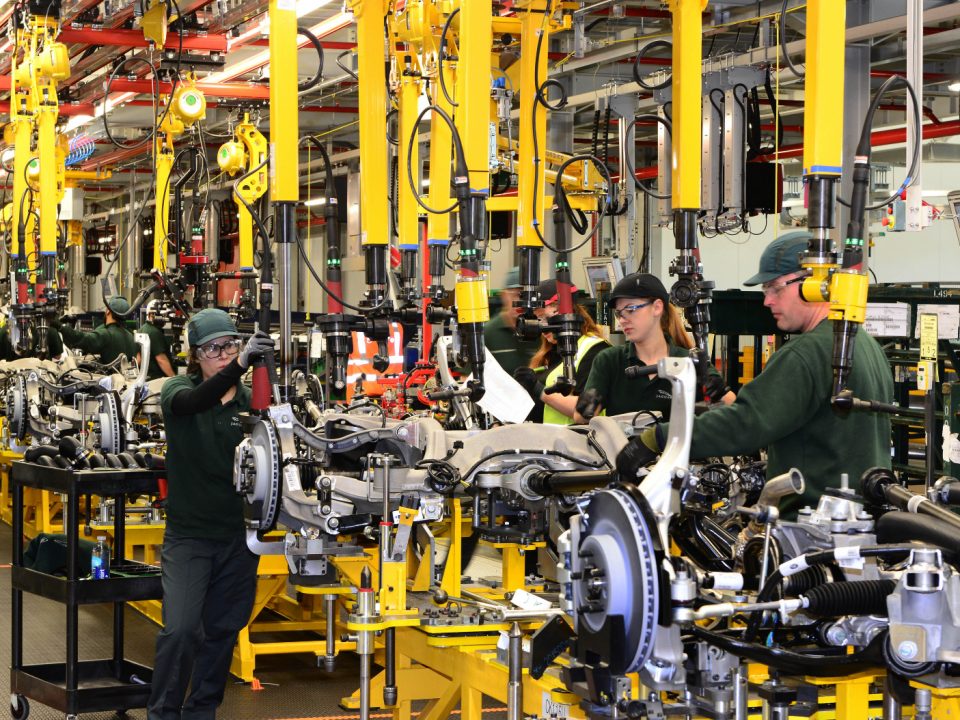
Interview with Annabel Pemberton, Junior Lawyer at Sparring, Founder of The Wired Wig Podcast and Co-Founder of Law School 2.0
August 3, 2021
Reforming legal aid: does it have a future?
August 15, 2021Article by Trinity Batt
China’s carbon market was launched earlier this year and online trading began on 16th July. Many nations currently have carbon markets in place, most notably the EU’s emissions trading system. There are two types of carbon markets, both in which carbon credits are traded. China’s carbon market is based on the cap-and-trade system. This typically involves an industry being designated a set limit for emissions it is allowed to release. That limit is distributed among companies in the industry and carbon credits accounting for the emission of one tonne of a greenhouse gas are traded between companies. Hence, the financial incentive linked to buying and selling carbon credits in adherence to the industry cap should theoretically cause greenhouse gas emissions to decrease.
Potential Issues
As the country which emitted the most greenhouses gases in 2020, the potential a nationwide carbon market could have on reducing emissions is significant. Although, as is typical with carbon markets, the effectiveness of this greenhouse gas reduction operation is contested among analysts from business and environmental sectors. Before the carbon market in China was launched nationwide, there had been smaller markets in different parts of the country which acted as pilot models. China aims to be carbon neutral by 2060 and the carbon market is expected to play a major role in achieving this goal. However, there is general debate about the efficacy of carbon markets to assist in meeting climate targets. This is partly due to factors like offset permits, free permits and wavering regulation strictness. However, there are additional reservations about whether China’s new carbon market will be able to help the country reach its targets in its current form. Currently, the carbon market covers the power sector and deals with emissions from power plants. Expansion into other sectors is expected eventually and such concerns regarding the limited application of the market were also seen with other carbon markets in their initial stages.
China’s carbon market does not have a fixed cap on carbon emissions. The allocation of the cap to each plant is done so according to the intensity of their carbon emissions so that ultimately carbon emission intensity is reduced. This differs from the typical cap-and-trade systems which work to reduce carbon emissions overall. There is scepticism about this model and this is partly because despite the power sector becoming more carbon efficient, overall emissions can still increase. This approach is less economically harsh while still incentivising plants within the sector. The launch of the market has seen analysts question whether it prioritises improving efficiency more so than working towards carbon neutrality. Additionally, there is concern that there are large quotas of carbon credits in conjunction with low fines for plants that exceed their allocated amount and that this will slow progress.
Teething Problems
Despite questioning over the impact it might have in the near future, the launch of China’s carbon market is initially being welcomed in terms of making steps towards the climate goals set out. As the market expands to cover more sectors the potential impact of this market could grow. Although, one opinion from analysts is that the design of the model will need to be adjusted first for any substantial headway to be made. This is not unusual, however. One adjustment made could include reducing the number of free permits being given out .The Kyoto Protocol and Paris Agreement in 1997 and 2015 respectively saw countries establishing carbon markets in response to the goals set and commitments made to reduce greenhouse gas emissions. The European Union’s Emissions Trading System (EU ETS) was launched in 2005 and is an international emissions trading scheme. With time, changes and reformations have been made to this scheme. For example, when launched large quotas and free permits were driving the price of carbon down and undermining the effort of the scheme. The adjustments to the scheme are ongoing with the most recent being made this year by the European Commission. China’s carbon market is expected to become the largest in the world and in the same way that teething problems were seen with the EU ETS, China’s carbon market is still in its infancy and another opinion from analysts is that the undertaking of such a large scale project naturally requires time and adjustment.





